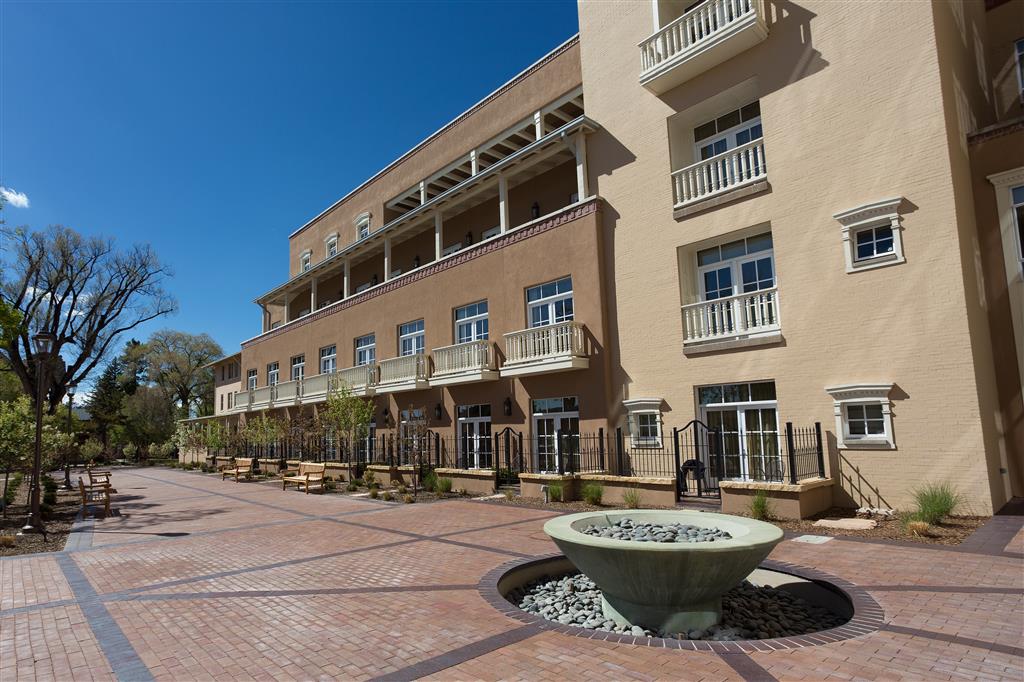As odd as it may seem, I often choose to fight fire with fire. In this case, I use the established criteria for a haunting to suggest that a location does not measure up to standard. Thus, according to a ghost hunter’s own belief system, the place isn’t haunted.
Hauntings are the forte of ghost hunters. Therefore, it is essential to understand the observed characteristics of hauntings as defined in the systematic studies. Five criteria must be met to consider a location to be haunted.
1. Repeating Behavior
The primary trait of a haunting is repeating behavior. Without this trait, you do not have a haunting.
A study of the paranormal claims at the old hospital building does not show any signs of repeating behavior. Instead, they originate around individual events.
2. Longevity
The haunting must have longevity. If the haunting is tied to a tragic event or the death of a particular person, the accounts of paranormal activity must be proven to extend back to that time. For example, if the haunting involves a person that died on the property in 1932, then there should be accounts of those hauntings in the ’30s, 40’s, etc., all the way up to the current year.
The claims do not have any longevity. I could not find any accounts of the building being haunted before the publishing of Antonio Garcez’s book “Adobe Angels, the ghosts of Santa Fe and Taos.”.
3. Multiple Witnesses
Another one of the significant traits of a haunting is having numerous witnesses. These are required to perform the next step of the criteria.
While many people claim to have had a paranormal experience at the old hospital, they are unrelated to each other and highly anecdotal.
4. Witness testimony contains veridical information.
The testimony of the witnesses should correlate with each other. The big question is, “are the witnesses seeing and experiencing the same things?” In the case of a haunting, they should. One of the most common techniques when an apparition is involved is to interview the witnesses at length regarding the apparition’s appearance. For example, let’s take the typical “woman in white” ghost. Several descriptors could prove more detail of what the witness saw. How long is the dress? Did the dress have short sleeves or long sleeves? Could you see any patterns in the material? What did the neckline of the dress look like? How long was the apparition’s hair? Can you identify the color and/or the style of the hair?
Suppose the answers regarding these 7 questions from three witnesses match. In that case, the conditional probability of this occurring by chance is just under half of a percent. Therefore it can be argued that the witnesses have all seen the exact figure but only if it is inevitable that those details were not available and that the witnesses have not revealed any of the information to each other. The accuracy of the veridical information is often one of the most debated issues in ghost investigations.
The claims have no veridical elements between witnesses.
5. The claims of paranormal activity are consistent
The accounts of the paranormal activity should not dramatically change over time. These changes often include the addition of more ghosts or dramatic changes to the back story of the haunting to make the incident more spooky. Usually, this is also done by adding historical elements that are not accurate or simply invented.
The claims are inconsistent and change dramatically from one person to the next.
So, in a nutshell, the location falls short of being haunted even by the standards used by knowledgeable ghost hunters.
